The Food Standards Agency this week delivered another Delphic proclamation on CBD. The maximum daily dosage has unexpectedly been reduced from 70mg to just 10mg. And yet, at the same time, it’s allowing product that contain more per single serve than the new maximum to remain on sale. What?
Turns out it’s based its new guidance on the lowest grade CBD in the market, while at the same time accepting that products with a higher dosage – such as the fast-growing and Grocer Gold Award-winning soft drinks brand Trip, which contains 15mg per serve – are still safe. In fact tests from Trip on the source of its CBD, submitted to the FSA, show a safety limit of 105mg (equivalent to seven cans).
So this ruling is bound to cause confusion. Retailers are understood to be overwhelmingly supportive towards brands such as Trip, given assurances about the safety and continued legality of their products. But even if retailers aren’t spooked by the new guidance, consumers are bound to be, regardless of what producers might do to try and reassure them. How is a consumer supposed to know if the CBD is good quality or not?
The new guidance just feels like yet another moving of the goalposts by the FSA, undermining confidence in the safety of the category, and seems especially conservative given the EU is still recommending 70mg as a safe maximum. (And the US doesn’t have a recommendation at all.)
And if reformulations seem likely, that isn’t as straightforward as it sounds, given new products must make a fresh application to the FSA in order to be sold in the market.
We know consumers want CBD products. The functionality of CBD as an ingredient has been proved. So the CBD industry needs to work with the FSA to get to a place where the quality of the CBD is recognised in assessments of safety, and where there is a standardised and safe supply of ingredients, best practices on production and ultimately, the best possible products for consumers. But it isn’t half an uphill struggle.

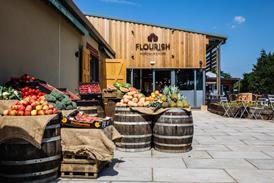


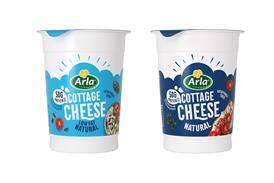




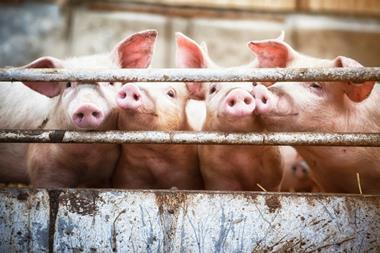
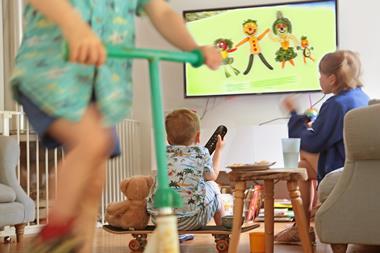
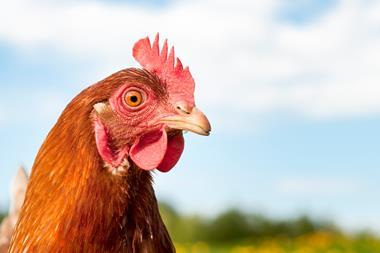

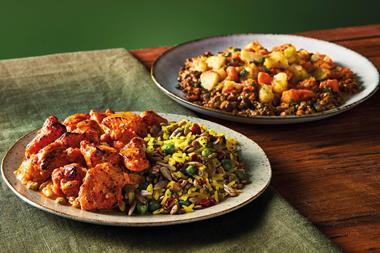




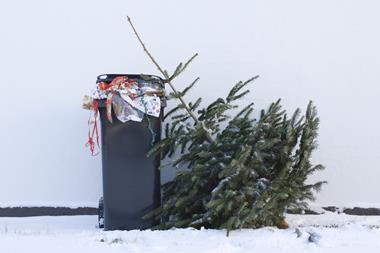

No comments yet